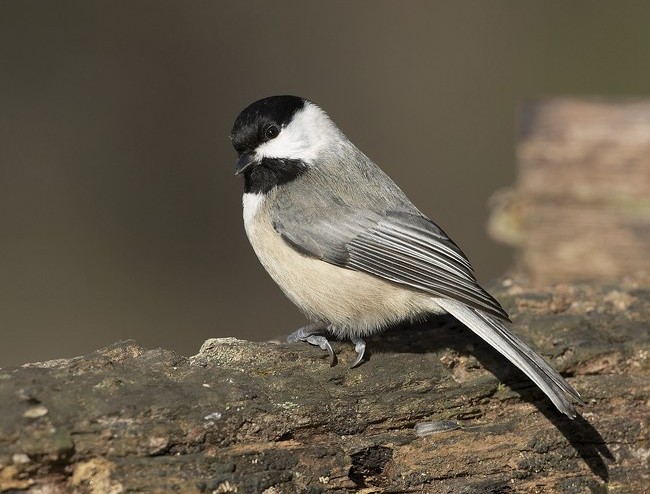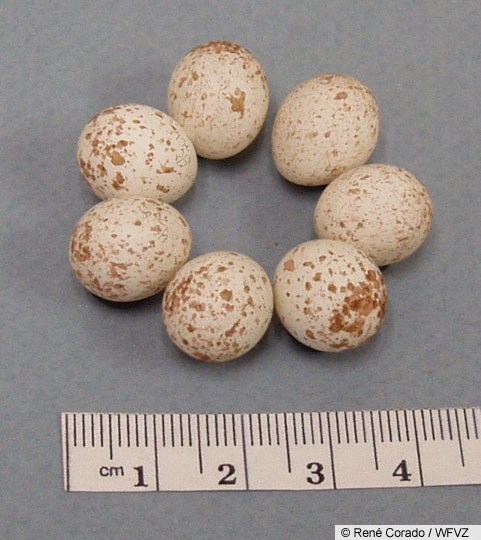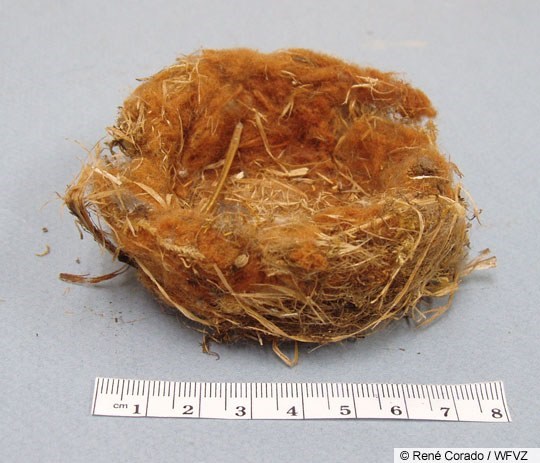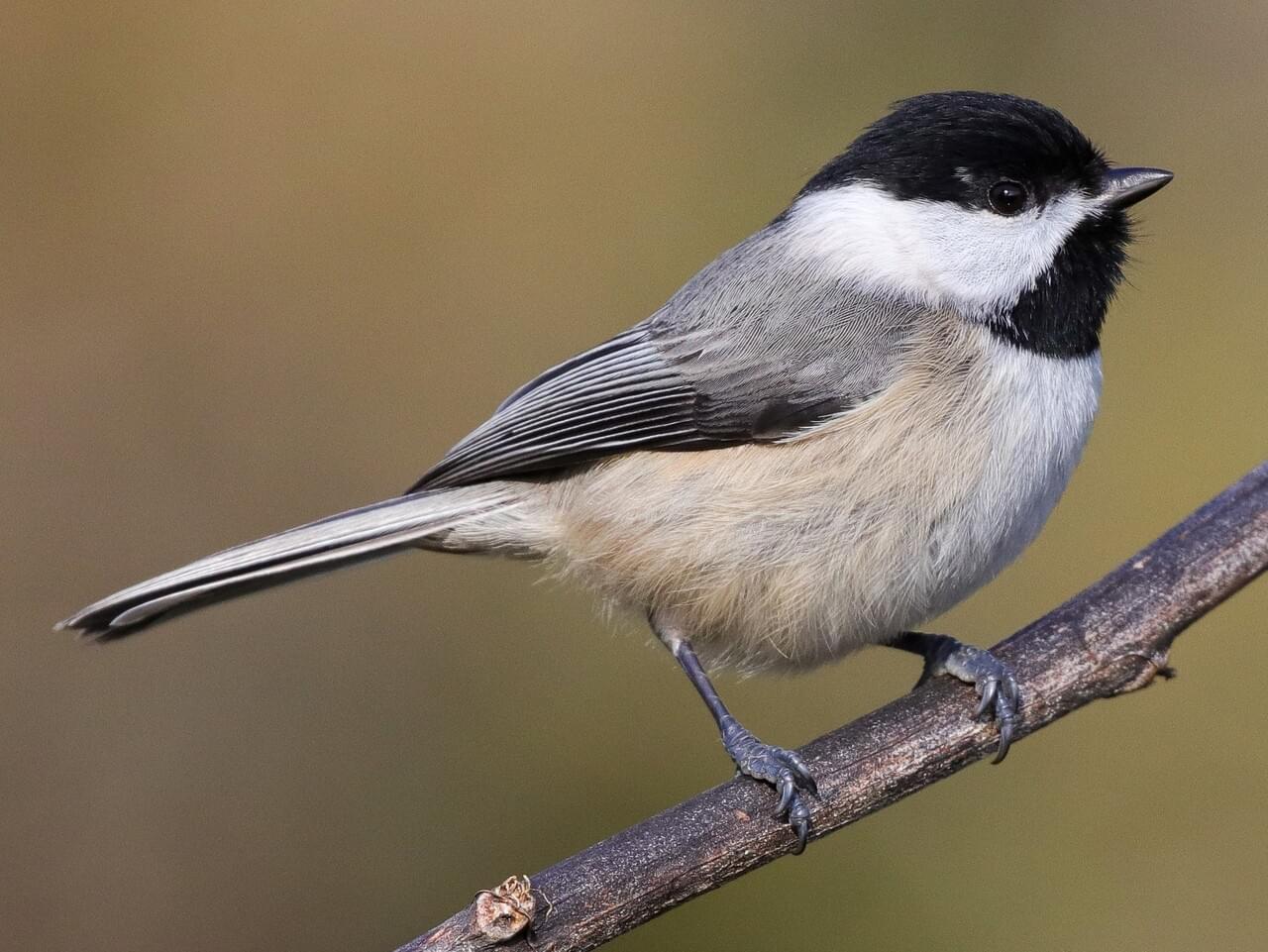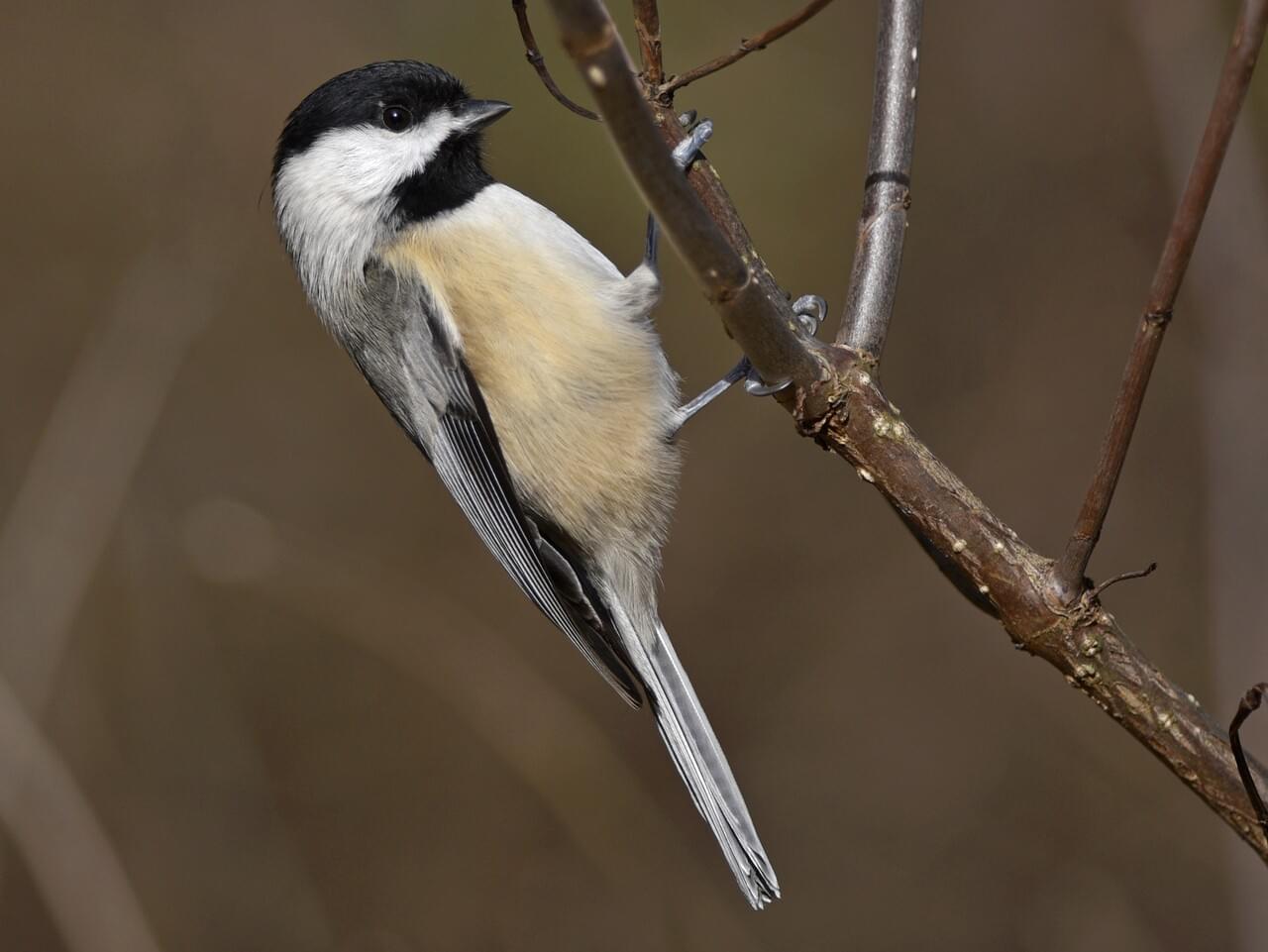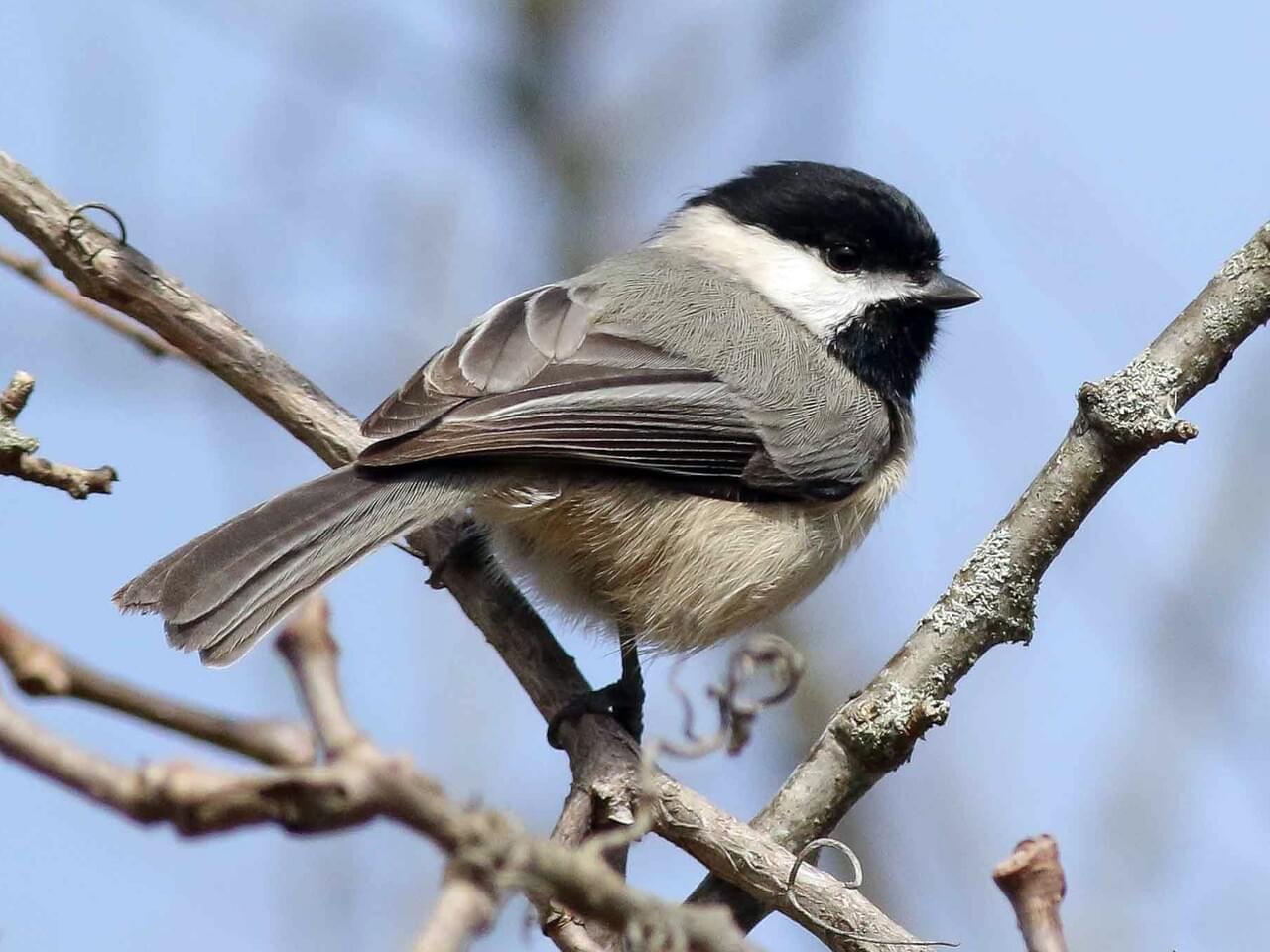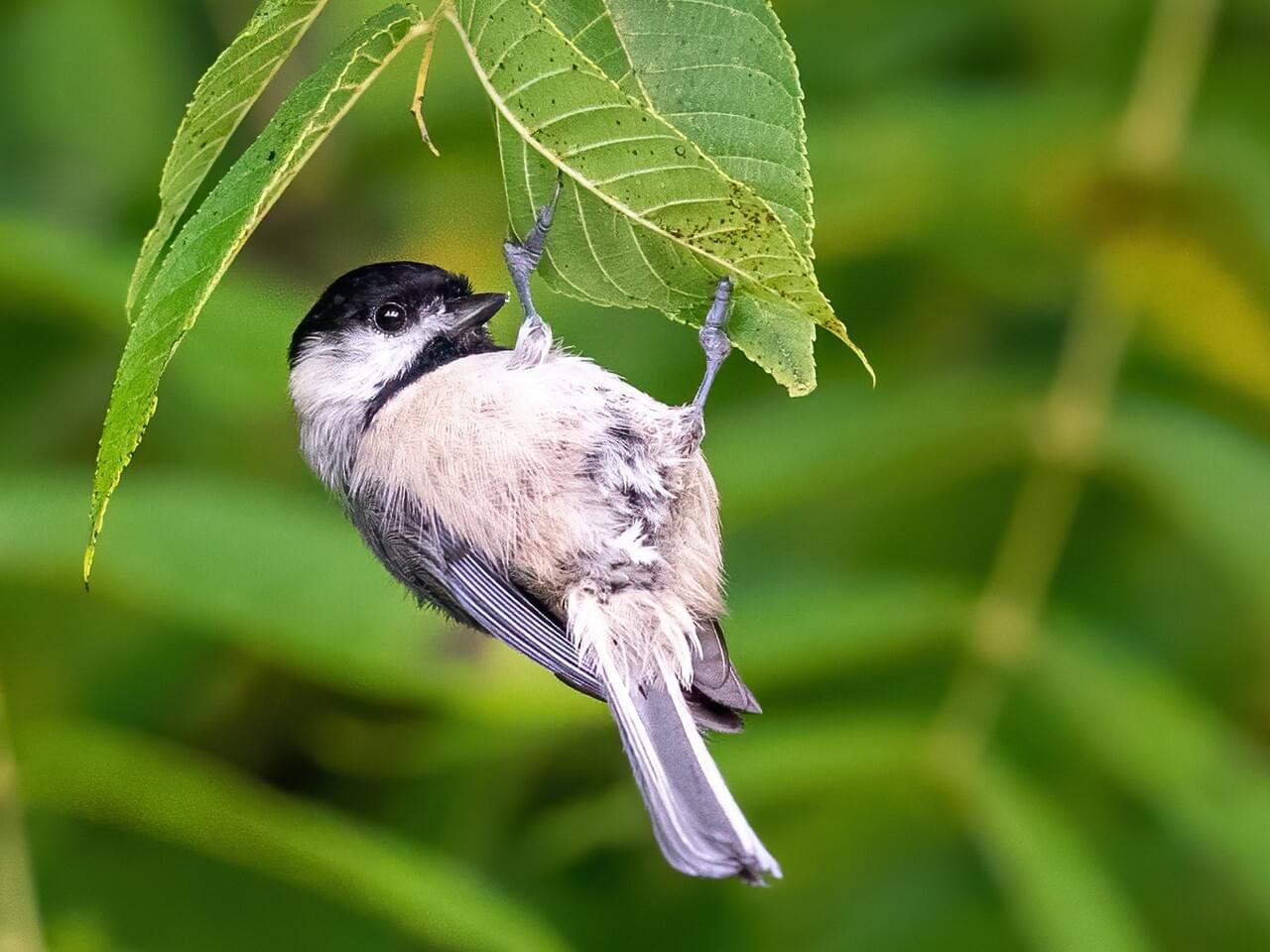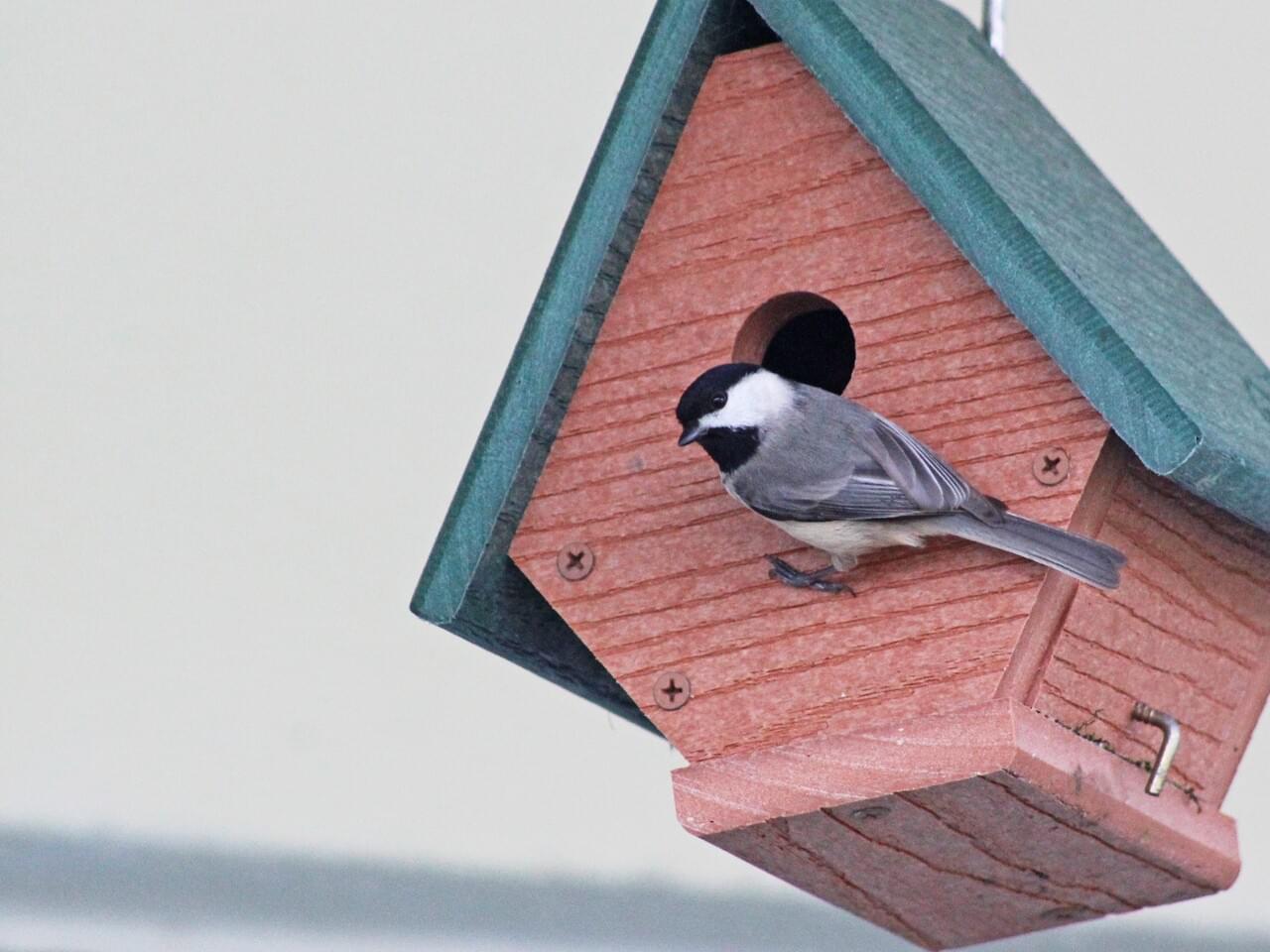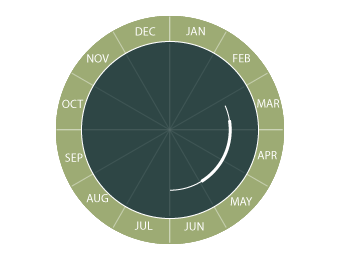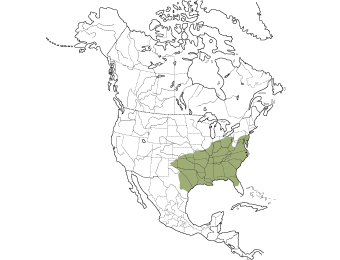Useful Hints
- Both members of a pair will excavate a nest cavity in rotten wood, or enlarge an abandoned woodpecker cavity.
- Chickadees often incorporate moss and animal fur into their nests, which the female builds.
- Where the two species’ ranges come in contact, the Carolina and Black-capped chickadees occasionally hybridize. Hybrids can sing the songs of either species, or might sing something intermediate.
